This guide breaks down the best ads for home care with 25 proven ad examples, and gives practical tips to ensure your campaigns bring in consistent inquiries and new clients. Whether you operate a small local agency or manage multiple territories, these strategies—developed by top home care marketing agencies—will help you grow.
These strategies have generated over 5000 qualified inquiries for agencies across 15+ markets.
The Ultimate Guide for Home Care Ads
The most effective home care ads focus on trust, local targeting, and accessibility. Families want to know that help is available quickly, that caregivers are qualified, and that your agency is dependable.
Audience targeting should focus on adults aged 40–65, especially adult children of aging parents. Geo-targeting within a 15–20 mile radius ensures your ads reach families most likely to convert.
Platform fit is crucial. Google Ads dominate high-intent searches like “home care agency near me” or “in-home caregivers for seniors.” Facebook and Instagram excel at trust-building, with ads showcasing compassionate caregivers, client stories, and family testimonials. YouTube ads allow you to share in-depth education on services, while Google Maps ensures visibility when families search locally.
Budget allocation often leans 60–70% toward high-intent home care PPC campaigns, 20% toward retargeting, and 10–15% toward awareness ads. This ensures funds are spent primarily on families ready to call today while still nurturing those still evaluating.
🔑 Key takeaway: Home care HIPAA Compliant Healthcare Social Media Marketing works best when they combine local visibility, empathetic messaging, and proof of reliability.
Table of Contents
25 Best Home Care Ads You Can Model
This guide covers 25 proven home care ad strategies, each expanded with real-world context. You’ll see why they work, when to use them, and who benefits most—so you can model campaigns that actually bring results.
1. Google Search Ads for “Home Care Near Me”
Families rarely browse for home care casually. Most searches happen when they urgently need support for a loved one. That’s why Google Search Ads are the foundation of any home care marketing strategy.
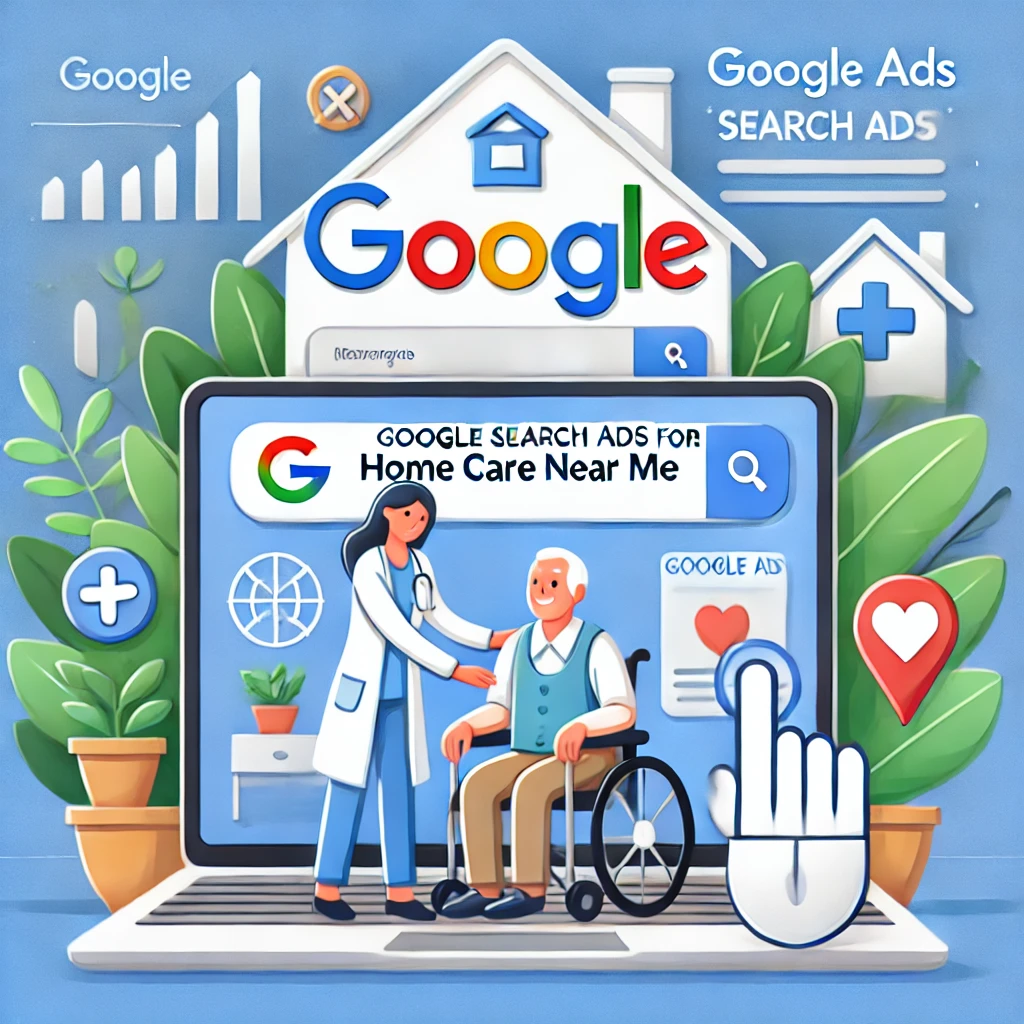
Imagine a daughter typing “home care near me” at midnight after her mother was discharged from the hospital. If your ad appears at the top, you’re capturing intent at the exact decision moment. Pair your ad headline with strong urgency-based copy such as “Available 24/7 | Compassionate In-Home Care” to stand out.
Search ads should always run on an always-on basis, with careful keyword targeting like “in-home caregivers,” “senior home care near me,” and “private duty nursing.” Bidding aggressively on these intent-driven terms may be costly, but the ROI is unmatched.
Best for: Independent home care agencies and multi-location providers that need consistent inbound leads.
Explore The Best Ads for Drug Rehab Centers in 2025
2. Google Local Service Ads (LSAs)
Google LSAs place your agency above traditional search ads with a green “Google Guaranteed” badge. This isn’t just extra visibility—it’s an instant trust signal. Families are far more likely to click a verified provider over a regular ad.
The catch is that LSAs require verification, including licensing and background checks, which means not all agencies can participate. But if you qualify, you’ll see a dramatic increase in call volume.
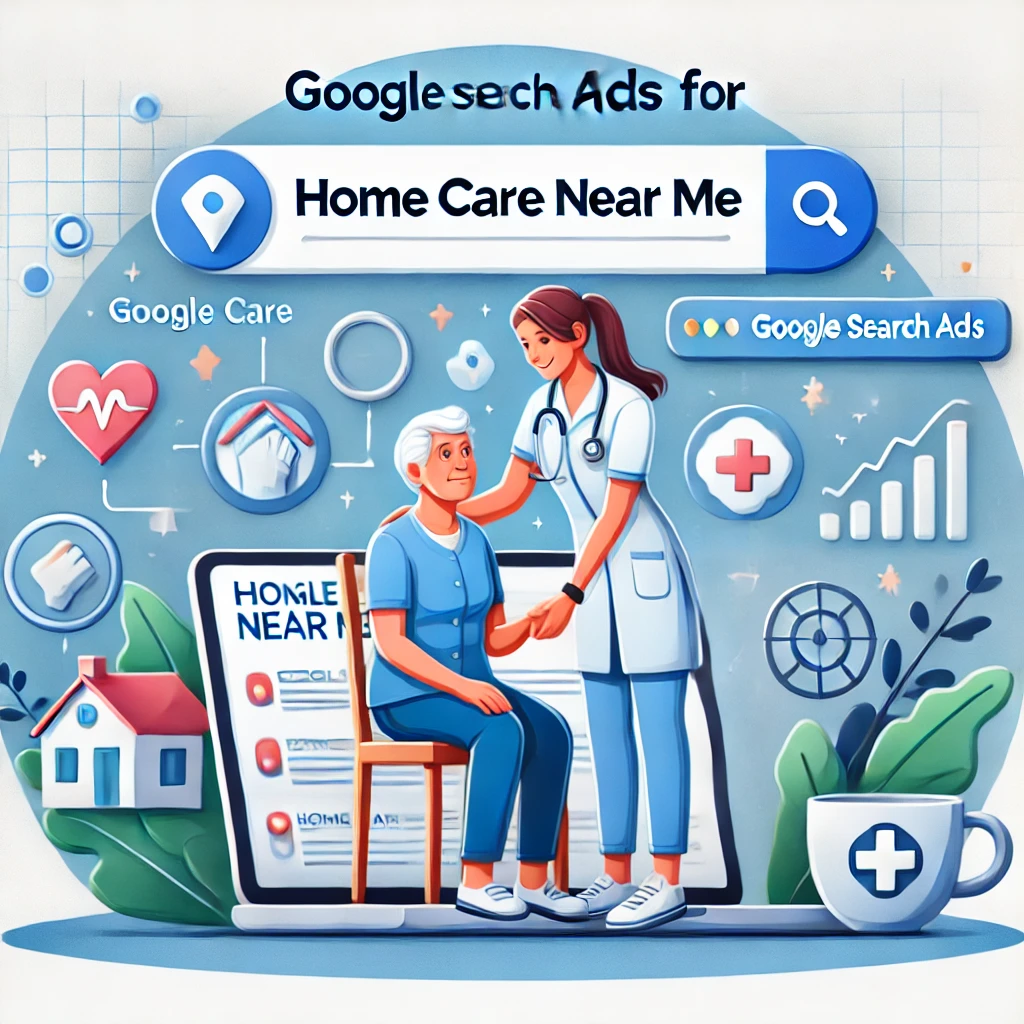
Pair this with call tracking and scheduling integrations, and LSAs can become one of your most cost-effective acquisition channels.
Best for: Established agencies in competitive metros where trust is the biggest barrier.
Learn Best Ads for Retirement Homes in 2025
3. Call-Only Ads for Immediate Inquiries
When a family member is in crisis, they don’t want to browse websites—they want a direct line. Call-Only Ads are built for this. Instead of driving users to a landing page, these ads open up a phone call directly.
For example, if a family searches “24/7 home care for seniors,” your ad could show “Call Now for Immediate Support.” These ads shine after-hours and on weekends when families are most stressed.
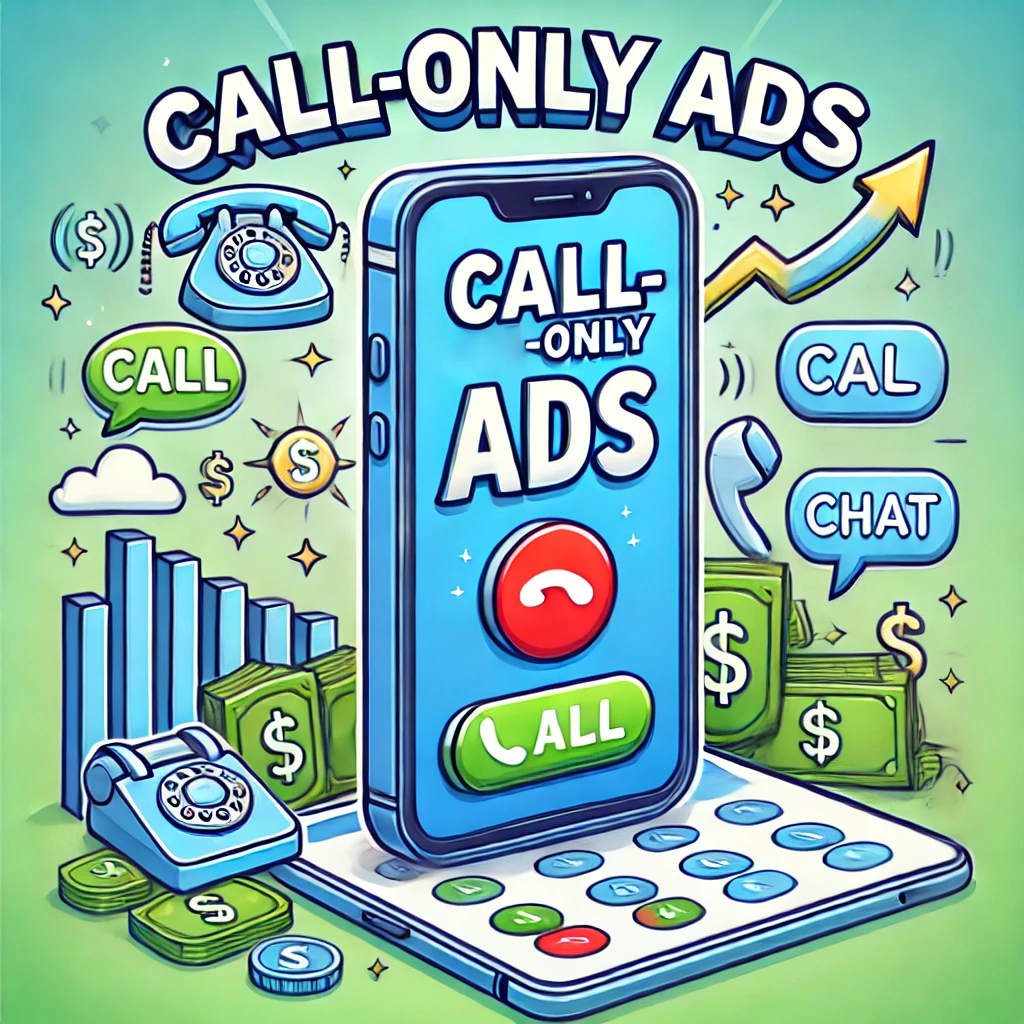
They require staff capacity—if your phone isn’t answered, you’ll burn trust quickly. But for agencies with a strong intake team, Call-Only Ads are one of the highest-converting formats in home care advertising.
Best for: Agencies with round-the-clock staff and immediate intake availability.
Quick Read: How to Choose The Right Healthcare Marketing Agency
4. Google Maps Promoted Pins
Most families searching for care are local. They aren’t looking for a provider 30 miles away. That’s why Google Maps Promoted Pins are essential.
Imagine a family driving home from a rehab center—they search “caregiver near me” and see your agency pinned just 2 miles away. This local visibility dramatically improves walk-ins and calls.
To maximize results, keep your Google Business Profile fully optimized with reviews, service lists, and accurate hours. Promoted Pins work best when combined with a review-building strategy.
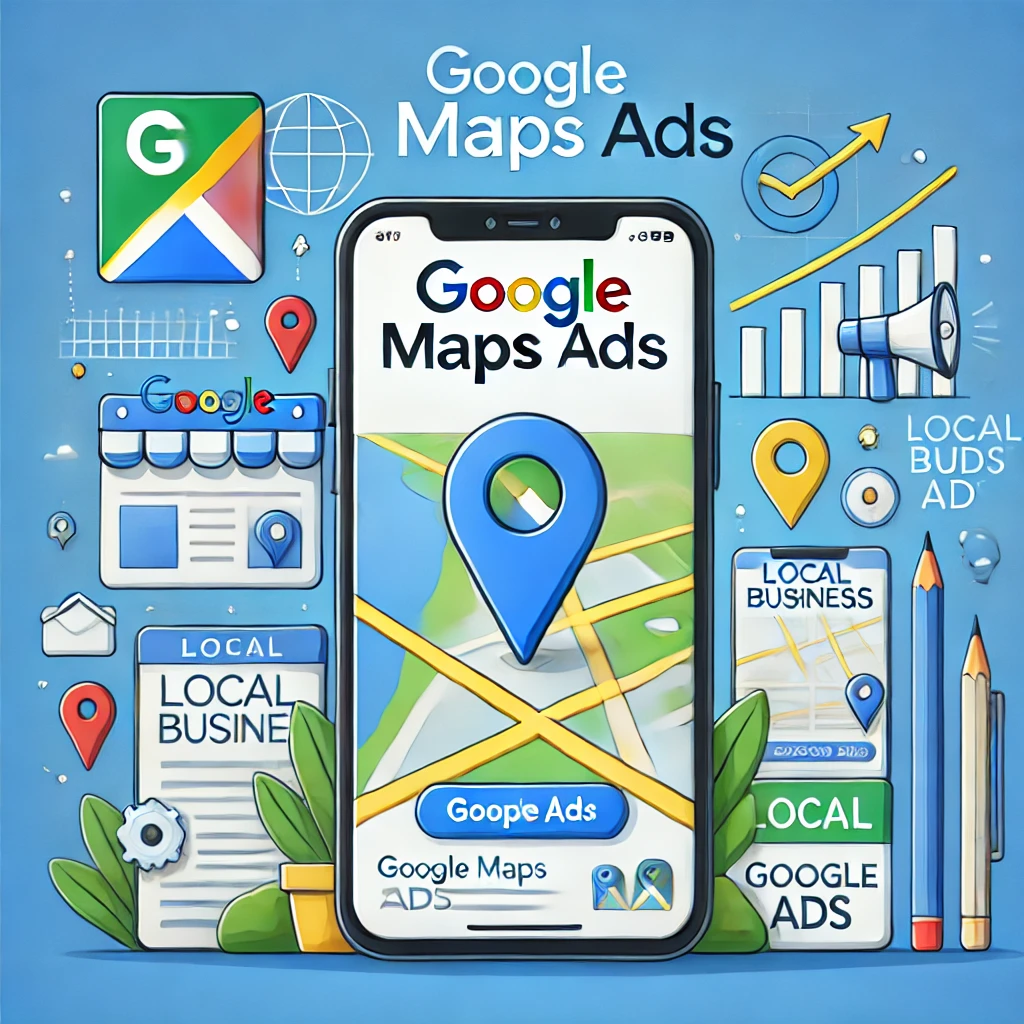
Best for: Agencies near hospitals, rehab centers, or retirement communities.
Explore: Best Ads for Wellness Clinics and Medspas
5. Facebook Ads Featuring Caregiver Spotlights
Home care is deeply personal. Families want to know who will be entering their home. Spotlighting your caregivers in ads helps remove uncertainty.
Use photos and short stories: “Meet Sarah, one of our dedicated caregivers who has been supporting families for 8 years.” This creates emotional resonance and builds trust through transparency.
These ads also work well as part of recruitment campaigns, showcasing your workplace culture while also attracting families.
Best for: Agencies differentiating on caregiver quality and compassion.
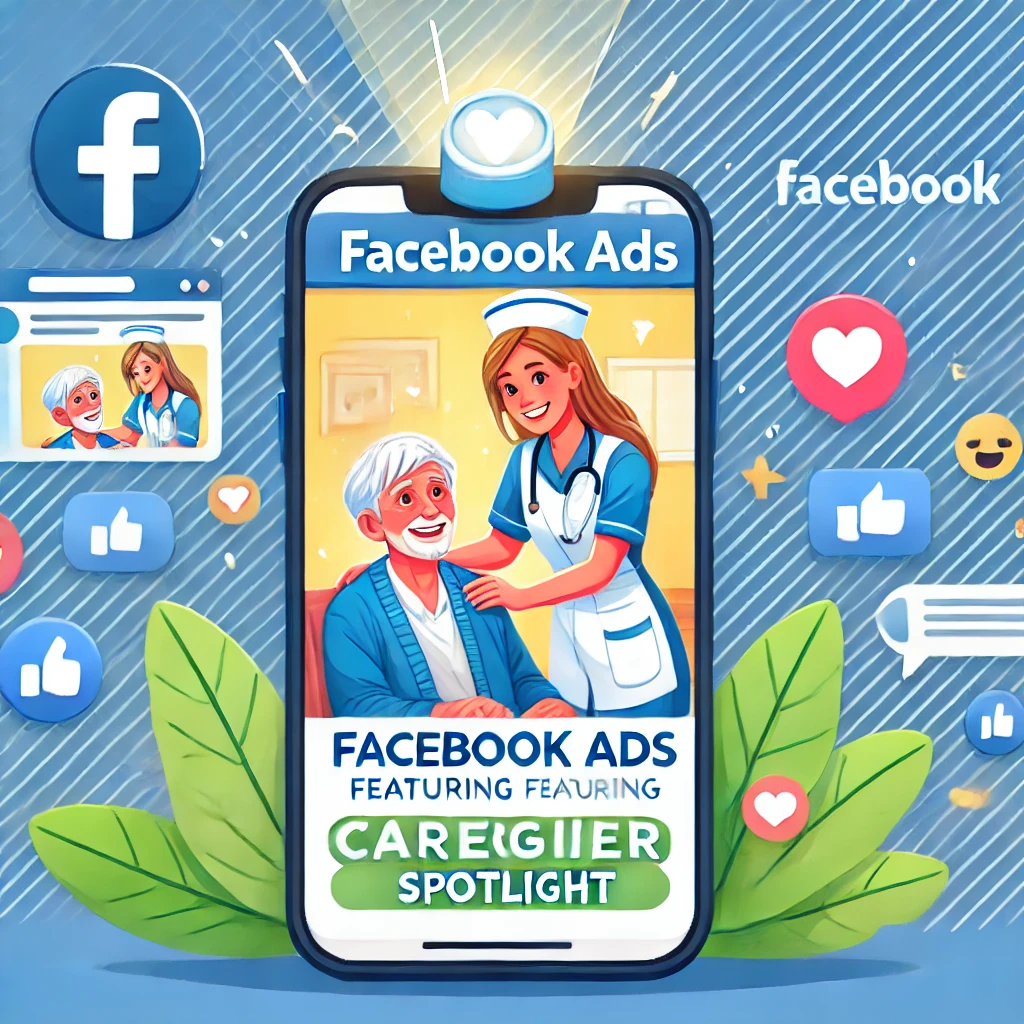
Explore The 25 Best Ads for ABA Therapy Clinics
6. Instagram Story Ads Highlighting Client Stories
Quick, emotional clips on Instagram Stories or Reels can be powerful. Show a caregiver helping with daily tasks, or a senior enjoying companionship.
These ads thrive on emotional connection rather than hard selling. You can use subtitles like “Peace of mind for your family” paired with background music for maximum impact.
Since many decision-makers (adult children) are in their 30s–40s, they’re active on Instagram—making this a prime platform for awareness and trust-building.
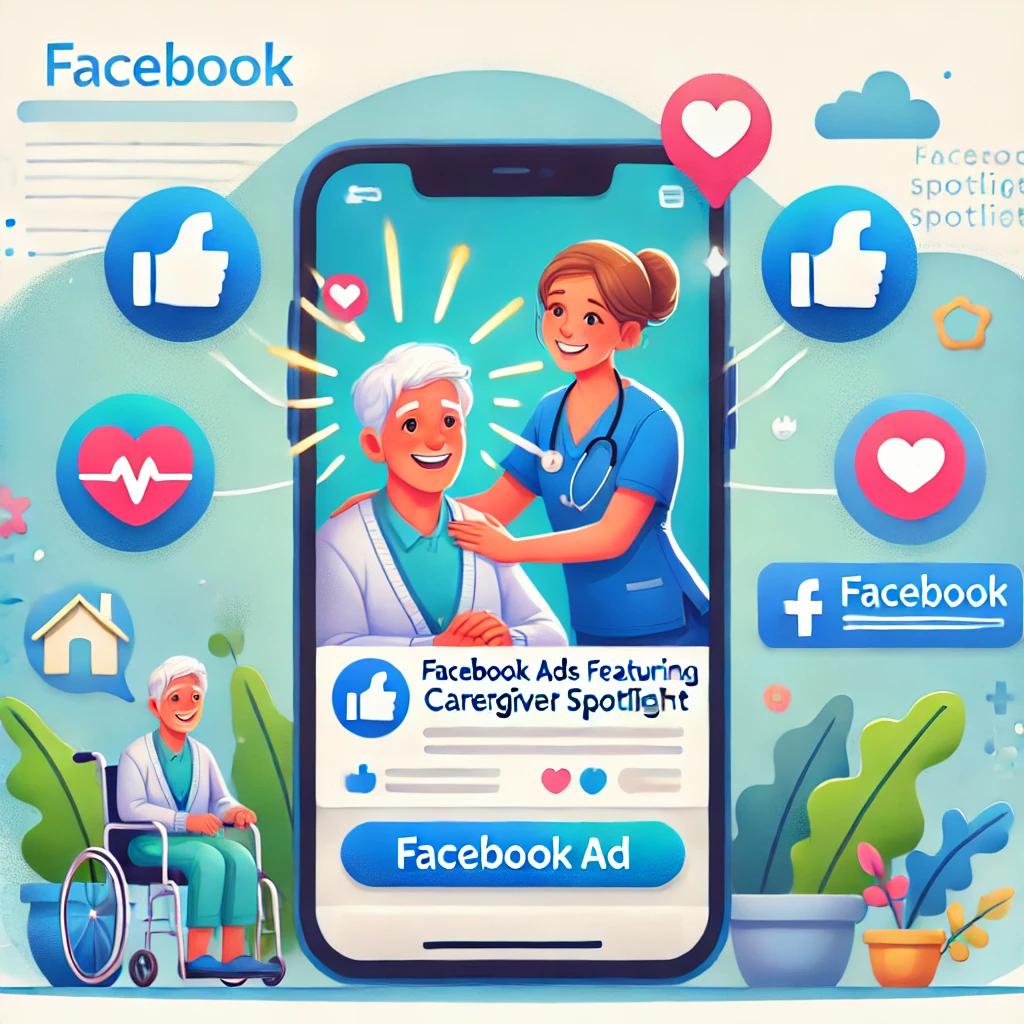
Best for: Agencies reaching younger family caregivers who spend time on social media.
7. Google Ads with Review Extensions
When families are overwhelmed by options, they almost always choose the provider with the strongest reviews. Adding review extensions to your Google Ads is one of the most powerful ways to establish credibility before a single click.
Imagine your ad headline reads: “Compassionate In-Home Care – Call Today” and directly beneath it shows: ⭐ “4.9 average from 200+ families.” That instant validation gives you the edge over agencies that simply list their services.
The key is maintaining an ongoing review-building strategy so your Google Business Profile reflects authentic, positive client experiences. If your agency already has a strong reputation, integrating review extensions makes your ads work harder without increasing spend.
Best for: Home care providers with excellent ratings who want to dominate competitive search results.
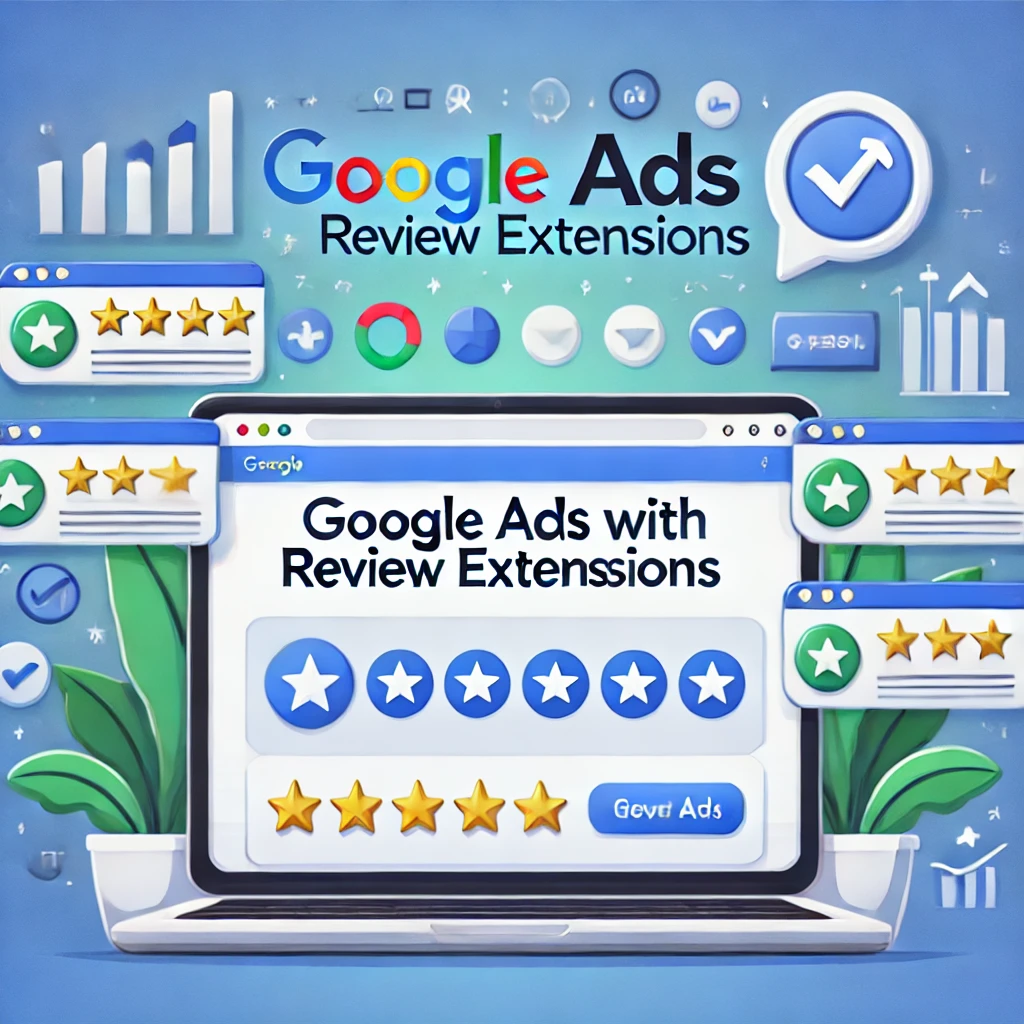
Learn More About Spinal Decompression Marketing
8. Seasonal Campaigns Around Holidays
Holidays are one of the most stressful times for families balancing caregiving responsibilities. By running seasonal ad campaigns like “Extra Support for Loved Ones This Holiday Season,” you capture demand when families feel stretched thin.
These ads work because they speak to the emotional reality: children visiting aging parents for Thanksgiving may realize Mom or Dad needs more help at home. A timely ad creates the spark to start the conversation.
Pair seasonal copy with limited-time offers such as “Complimentary Care Assessment This Month” to encourage action. These campaigns should run not just in December but also around Easter, summer travel, and back-to-school.
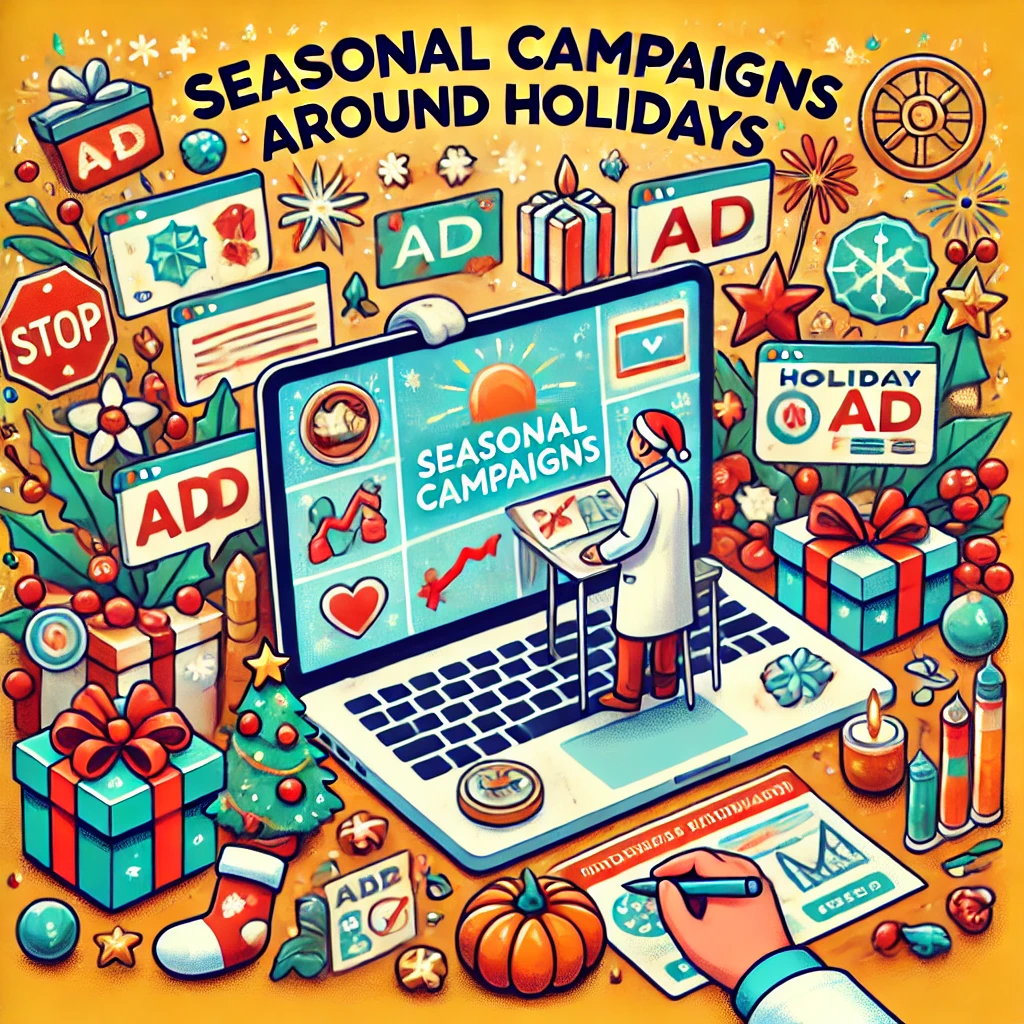
Best for: Agencies looking to generate demand spikes during peak family gathering seasons.
9. Retargeting Ads Highlighting 24/7 Availability
Most families don’t hire after their first website visit. They research, compare, and talk things over. Retargeting ads allow you to stay present during this decision cycle.
By showing ads that highlight 24/7 availability—“Caregivers Ready Any Time of Day or Night”—you remove one of the biggest barriers: uncertainty about reliability. Families who saw your site yesterday will see your reassurance today on Facebook, Instagram, or the Google Display Network.
Strong retargeting campaigns work best when segmented. For example, show one message to visitors who viewed “live-in care” and another to those who checked “respite care.” Personalization makes your ads feel relevant, not repetitive.
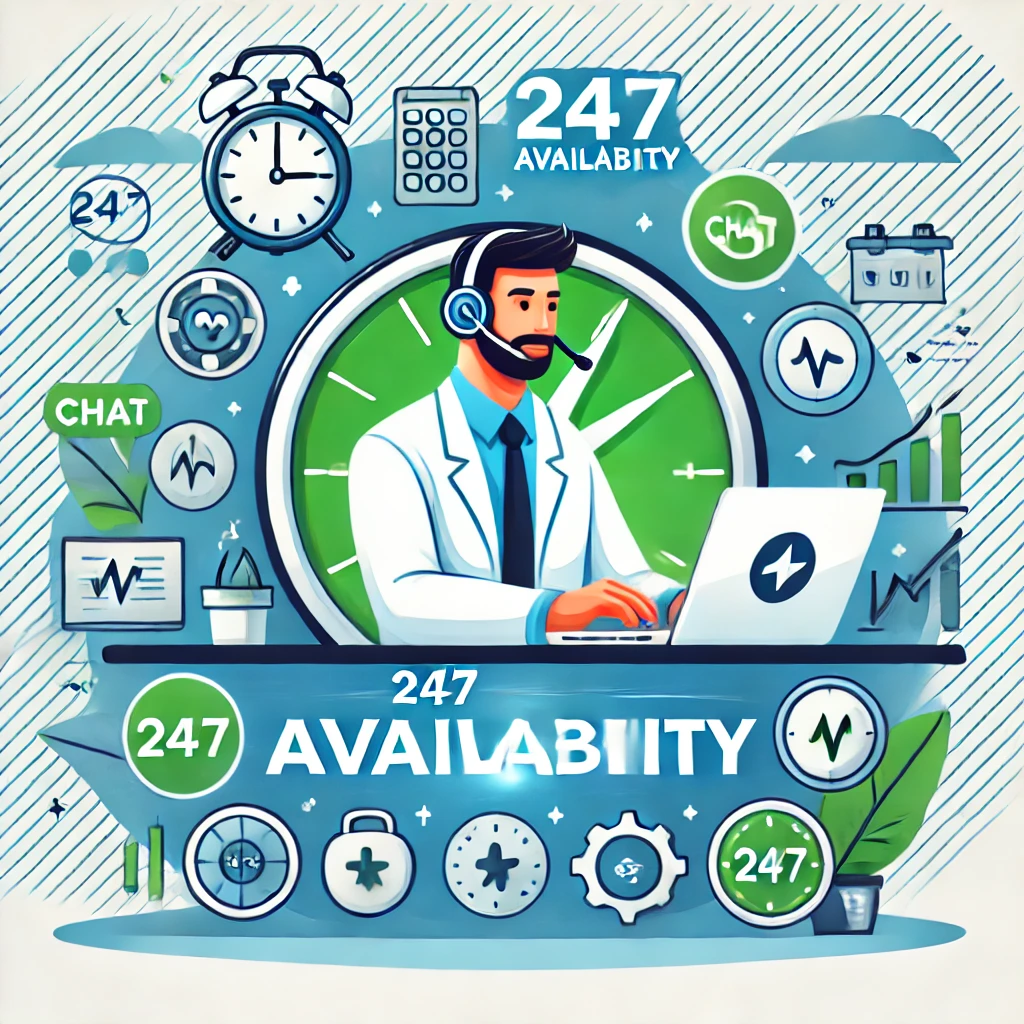
Best for: Agencies offering around-the-clock services or urgent-start care.
10. YouTube Testimonials from Families
Few things are more persuasive than hearing another family’s story. A heartfelt video testimonial on YouTube where a daughter explains how your caregivers supported her father builds deep trust.
These ads don’t have to be overly polished. In fact, authentic, real voices resonate more than scripted corporate videos. Pair them with captions so they’re effective even when muted.
YouTube ads work particularly well for families still in the research stage. While they may not be ready to call today, hearing relatable experiences plants the seed of trust that leads to action later.
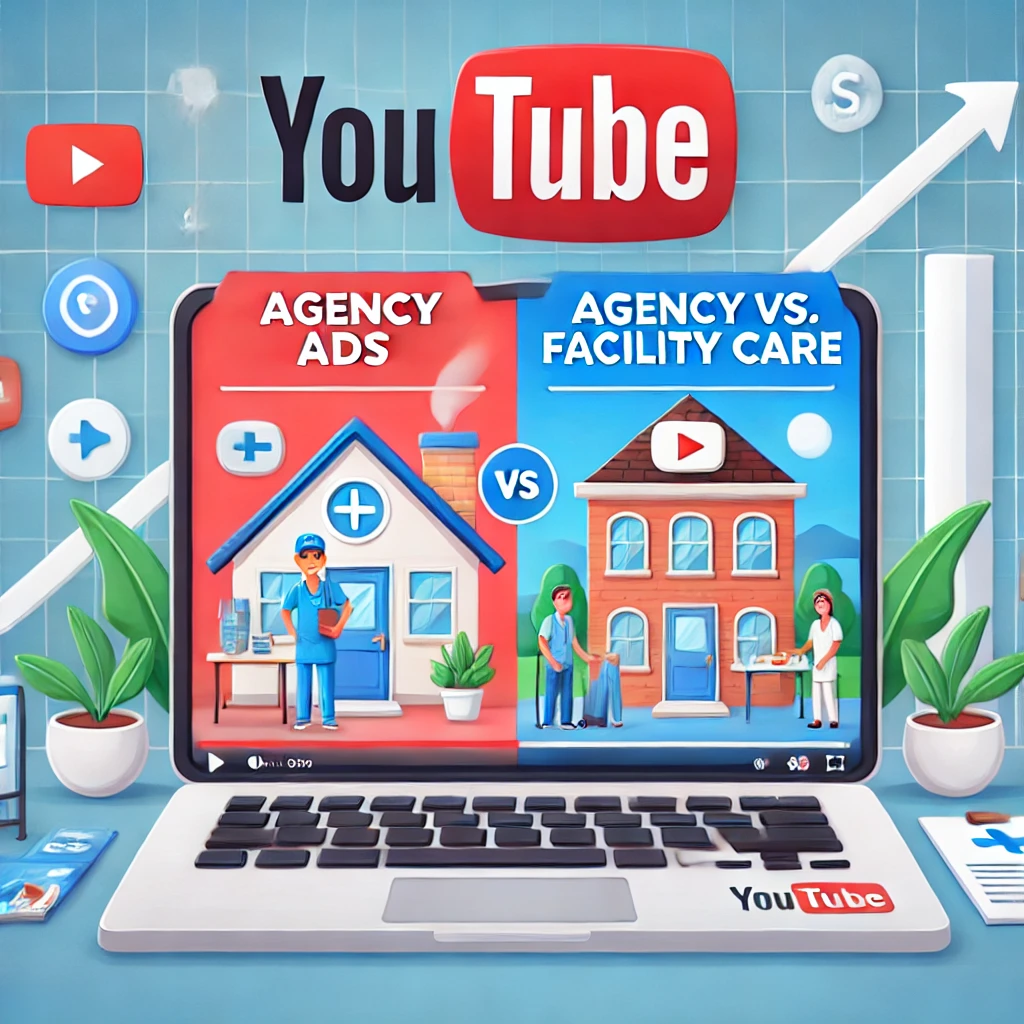
Best for: Agencies that already have happy clients willing to share their stories.
11. Geo-Fenced Ads Around Hospitals and Senior Centers
Home care decisions often start at the hospital or rehab center. That’s where geo-fenced ads shine. By targeting mobile devices within specific locations, you can reach families right where care conversations happen.
Picture a daughter waiting in a hospital lobby as doctors explain her mother’s discharge plan. She checks her phone and sees: “Compassionate In-Home Care Available Today – Call Now.” That’s perfect timing.
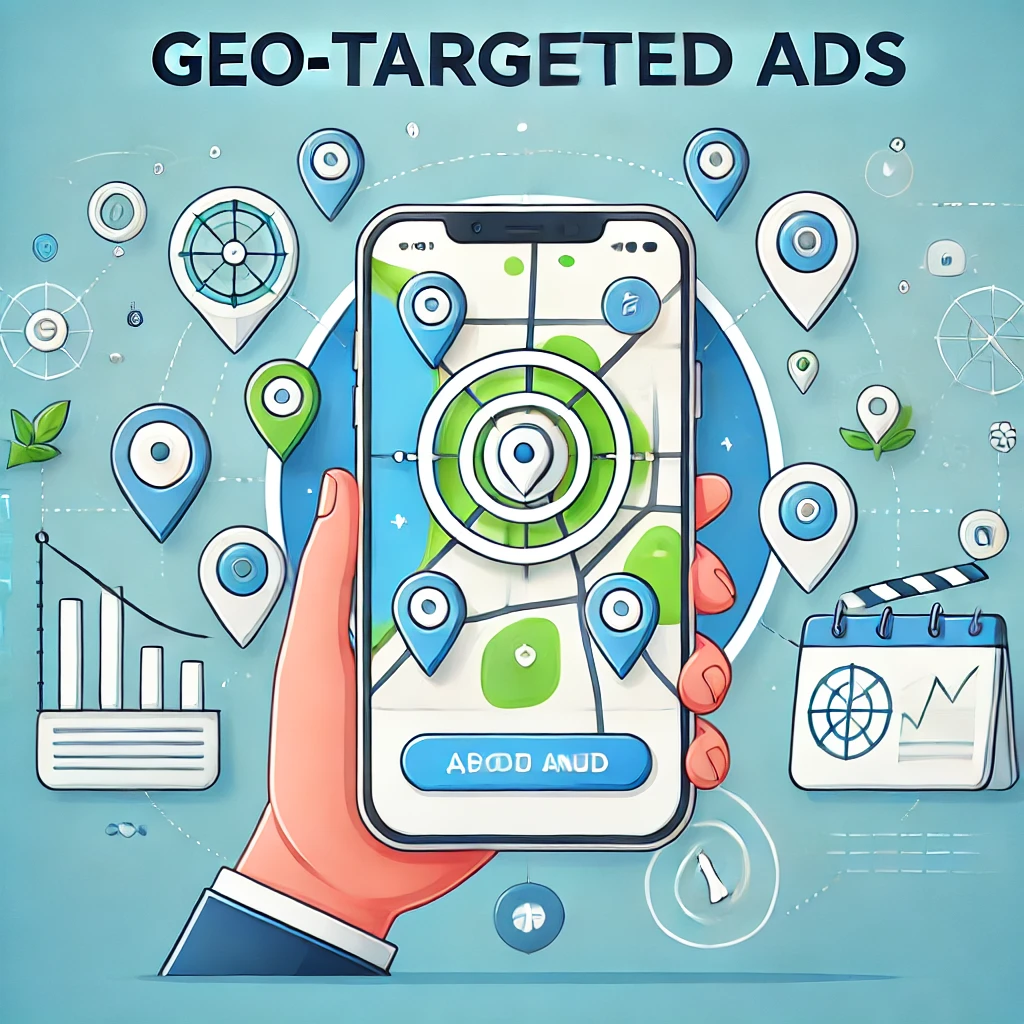
These ads require precise geographic targeting and often work best when tied to specific offers like free assessments or same-day caregiver placement.
Best for: Agencies near hospitals, rehab centers, or retirement communities.
12. Facebook Ads Emphasizing Peace of Mind
Families want more than just a caregiver—they want peace of mind. Ads that use empathetic messaging like “We Treat Your Family Like Our Own” speak directly to this emotional need.
These ads should feature caregivers smiling with seniors, or families embracing. The copy should be short, heartfelt, and emphasize values like trust, compassion, and reliability.
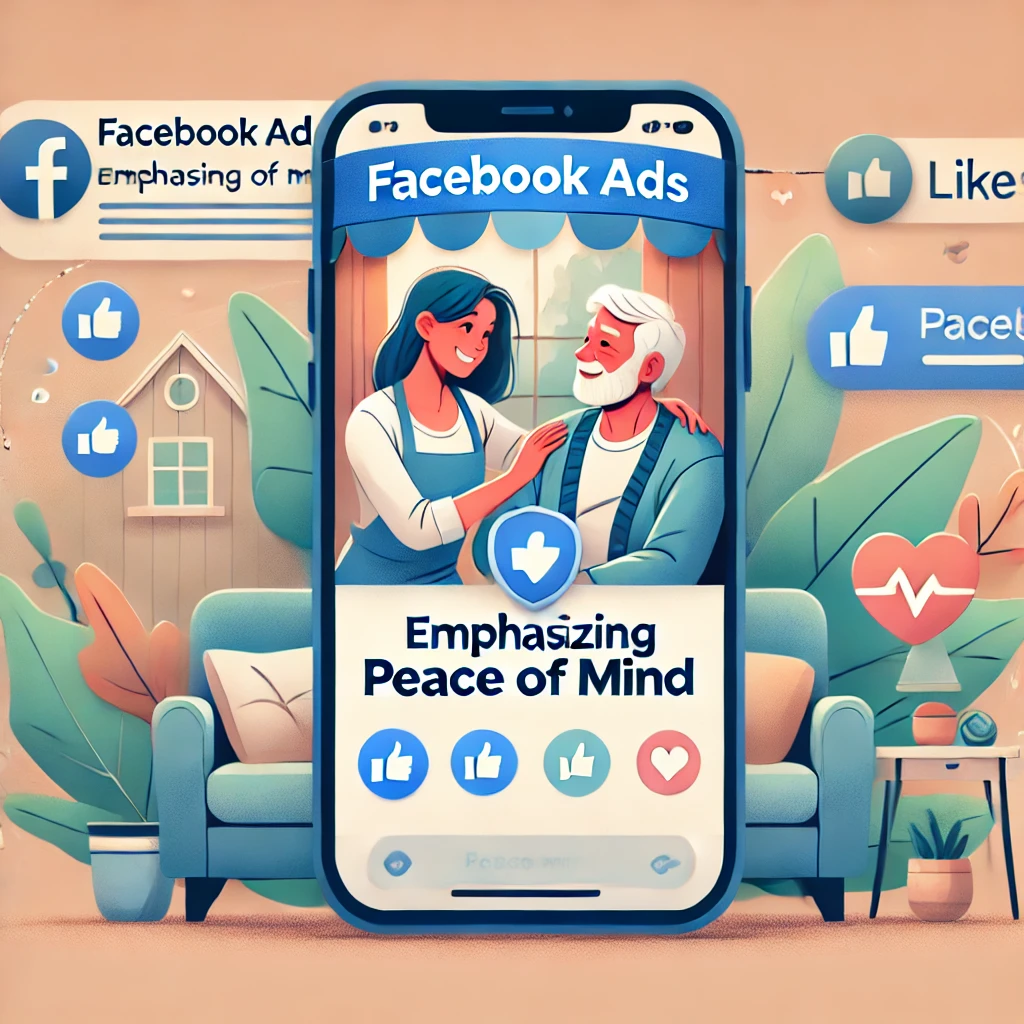
By leaning into emotional reassurance instead of transactional language, you set your agency apart from providers who only advertise hours and rates.
Best for: Agencies positioning themselves as family-first, not corporate.
View Local Service Ads for Urgent Care Clinics
13. Local Event Sponsorship Ads
Community trust is everything in home care. Sponsoring local events—such as senior expos, health fairs, or caregiver support groups—gives your agency visibility in a non-salesy way. Running ads around these events strengthens the association between your brand and community involvement.
For example, a Facebook ad might read: “Proud Partner of the City Senior Wellness Fair – Stop by Our Booth This Saturday.” This doesn’t just advertise your services—it shows families you’re invested in the same community they are.
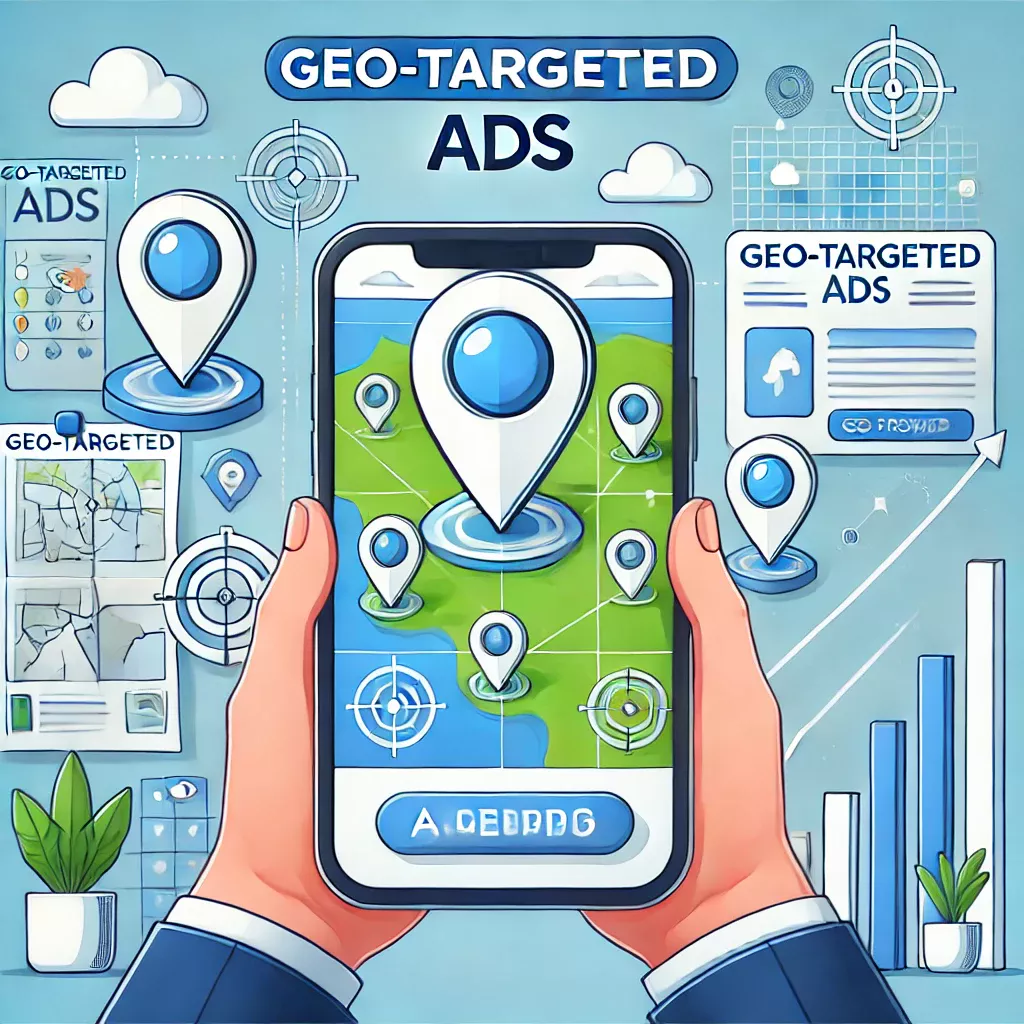
By using hyper-local targeting, these ads attract both potential clients and referral partners like healthcare workers who attend such events. Pair event sponsorship with branded follow-up ads highlighting your caregiving team for maximum long-term effect.
Best for: Agencies that want to build long-term local reputation and relationships.
14. Google Ads with Sitelink Extensions
Most families want quick answers: “What services do you offer? How much does it cost? Who are your caregivers?” Sitelink extensions in Google Ads give users multiple paths to click directly to these answers.
Instead of one general ad, you can add sitelinks like: “Services | Pricing | Caregiver Profiles | Book a Free Consultation.” This makes your ad look larger, more professional, and more relevant.
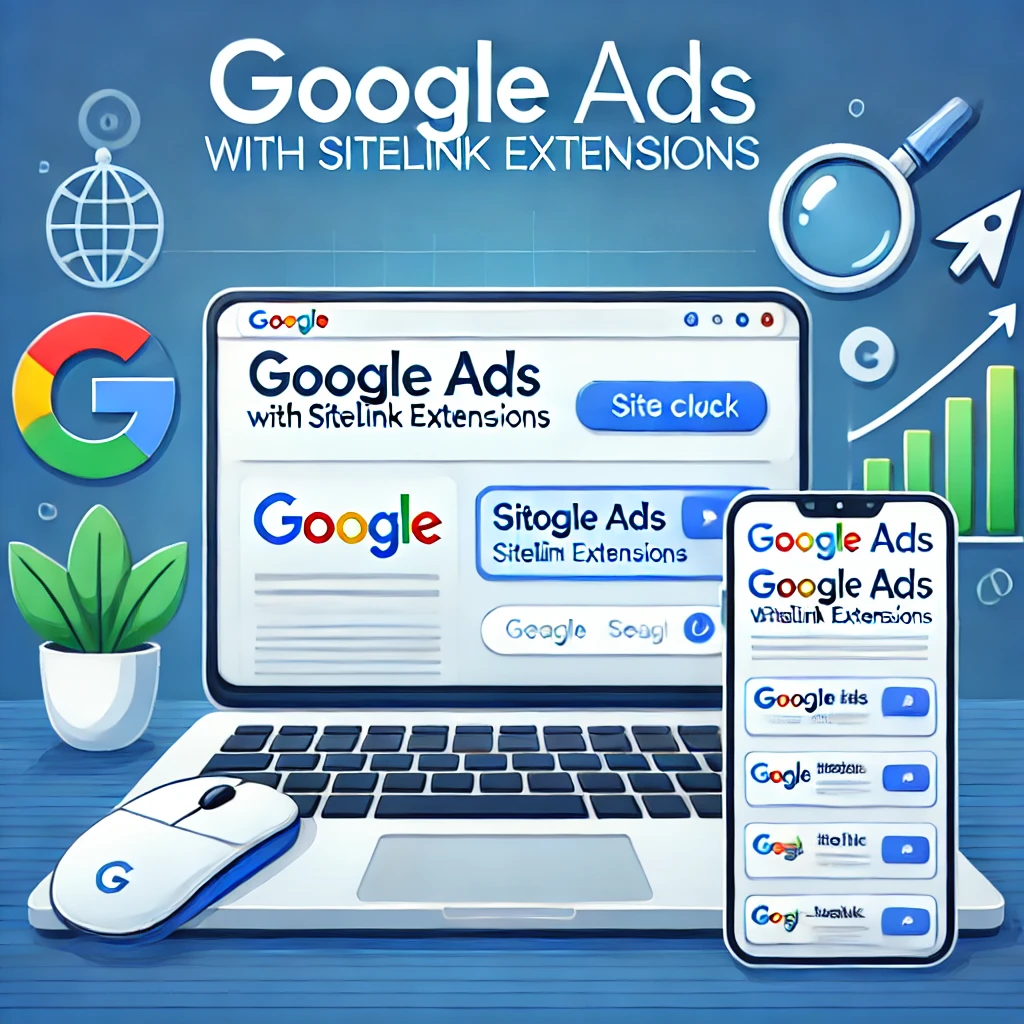
These extensions are especially powerful for agencies with strong landing pages for each service. For example, someone searching “24-hour home care near me” can click directly into your 24-hour care page instead of your homepage.
Best for: Agencies with a diverse range of services who want to maximize conversion rates from every click.
Explore: Best Ads for Hair Transplant Clinics
15. Facebook Carousel Ads for Different Services
Carousel ads allow you to showcase multiple aspects of your agency in one campaign. Each card can highlight a different service—companionship, personal care, respite, or live-in care—paired with photos of caregivers and seniors.
This format is ideal for families who are still learning what type of care they actually need. Instead of showing one generic message, you’re educating them on all their options.
Adding “Book Now” or “Learn More” buttons beneath each card encourages engagement without overwhelming families. The visual storytelling makes your agency feel versatile and professional.
Best for: Full-service home care agencies wanting to educate families about their range of solutions.
16. Waze Ads for Agencies in Suburban Areas
Many families search for care while in the car, often on their way home from the hospital or visiting a loved one. Waze ads let your agency appear as a promoted pin in navigation apps.
For example, a family member driving through your service area might see: “In-Home Care Ahead – Tap for Directions.” This transforms passive awareness into immediate action.
This channel is especially powerful for suburban or commuter-heavy areas where families spend lots of time in the car. Combined with Google Maps Promoted Pins, it creates a double layer of local visibility.
Best for: Agencies located in suburban communities with commuter-heavy populations.
17. SMS Remarketing Campaigns
Home care is urgent, and sometimes families need a little nudge after their initial inquiry. SMS remarketing campaigns allow you to send direct, personal reminders like: “We have caregivers available this week—call today.”
Text messages have some of the highest open rates in marketing, making them far more effective than email for urgent follow-up. However, they must be handled carefully—always with consent and respectful frequency.
When combined with call-only ads and website form tracking, SMS remarketing becomes an incredibly effective way to convert hesitant families into clients.
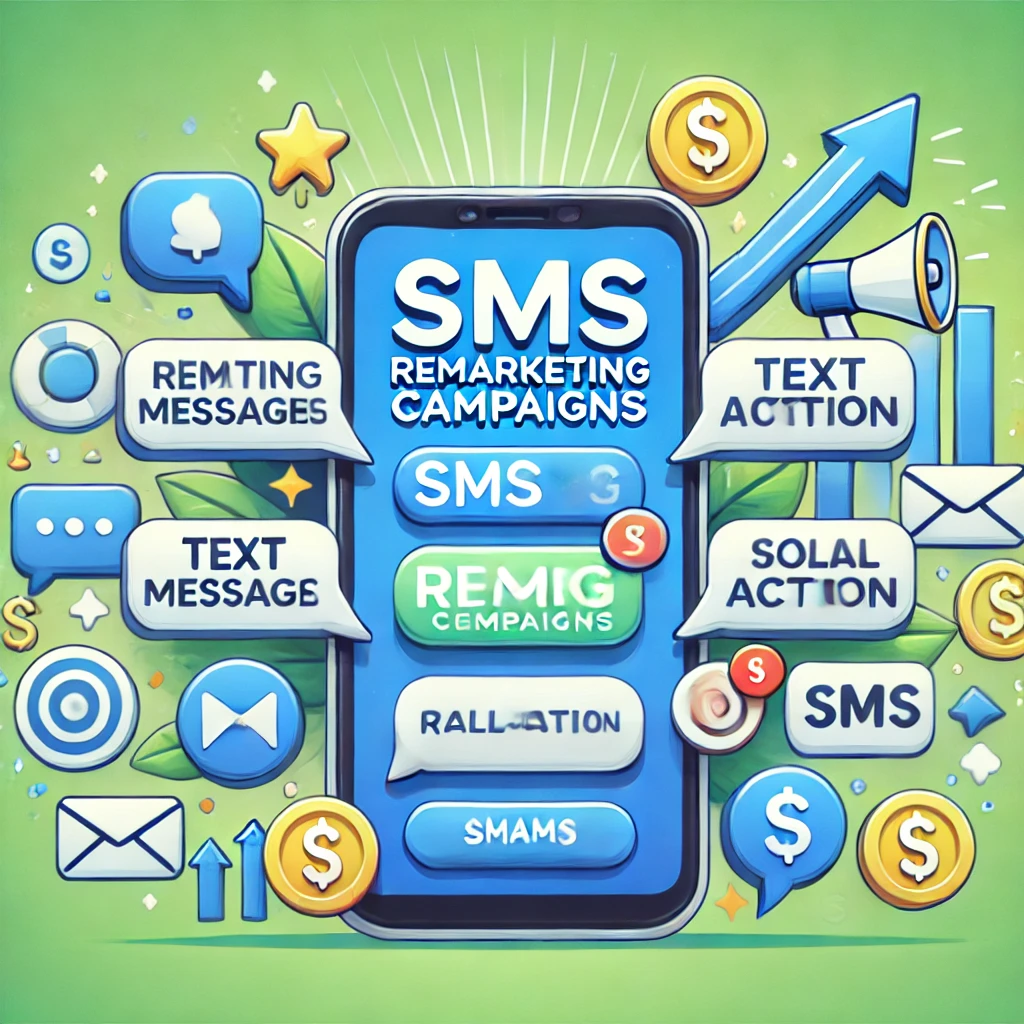
Best for: Agencies with strong intake systems and consent-driven contact lists.
18. Display Ads Highlighting Safety Protocols
Post-pandemic, families are still highly concerned about safety. Display ads that highlight your health and safety protocols build confidence instantly.
A banner that reads: “Fully Screened & Vaccinated Caregivers | 24/7 Support” gives families peace of mind before they even click. Pair this with imagery of caregivers wearing PPE or engaging with seniors in safe, caring ways.
These ads work well on local news sites and health-related blogs where families spend time. They reassure and differentiate you from competitors who don’t emphasize safety.
Best for: Agencies serving cautious or medically fragile populations where trust is tied to safety.
19. Instagram Reels Featuring Family Interviews
Nothing builds trust like hearing directly from the families you’ve helped. Instagram Reels allow you to share short, authentic video testimonials from children or spouses of seniors receiving care.
For example, a daughter could say: “Having a caregiver for my mom gave me peace of mind. They treat her like family.” Pair this with warm background music and footage of compassionate caregiving moments.
These bite-sized, authentic clips cut through the noise and resonate emotionally with adult children—the key decision-makers for home care.
Best for: Agencies wanting to build emotional connection with family caregivers on social platforms.
20. Google Ads Targeting “Affordable Home Care”
Pricing is one of the biggest concerns families face when considering in-home care. Ads targeting searches like “affordable home care near me” or “private duty caregiver costs” directly address this pain point.
Your ad copy should emphasize transparency: “Flexible Plans Starting at $20/hr | No Hidden Fees.” Pair with a dedicated landing page that breaks down pricing options and showcases financing or insurance acceptance.
This positions your agency as approachable and honest while still capturing high-intent traffic.
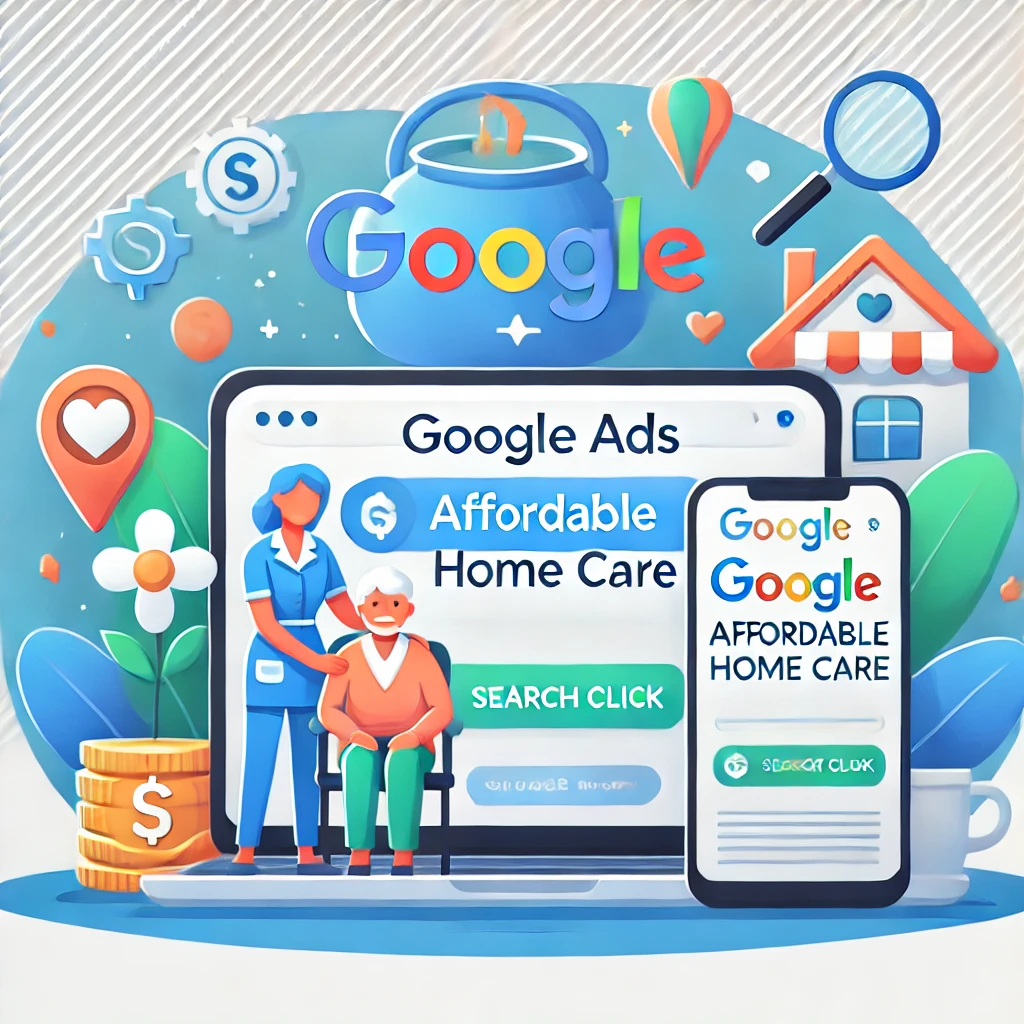
Best for: Agencies competing in markets like Miami, where cost is a major decision factor.
21. Facebook Ads Offering Free Consultations
Families are hesitant to commit without speaking to someone first. Offering a free consultation lowers that barrier. Ads with messaging like “Schedule a Free Care Assessment Today” drive calls and form fills.
You can even pair this with video ads showing your intake specialists or care coordinators, so families know exactly who they’ll be speaking with. This humanizes the process and reduces fear.
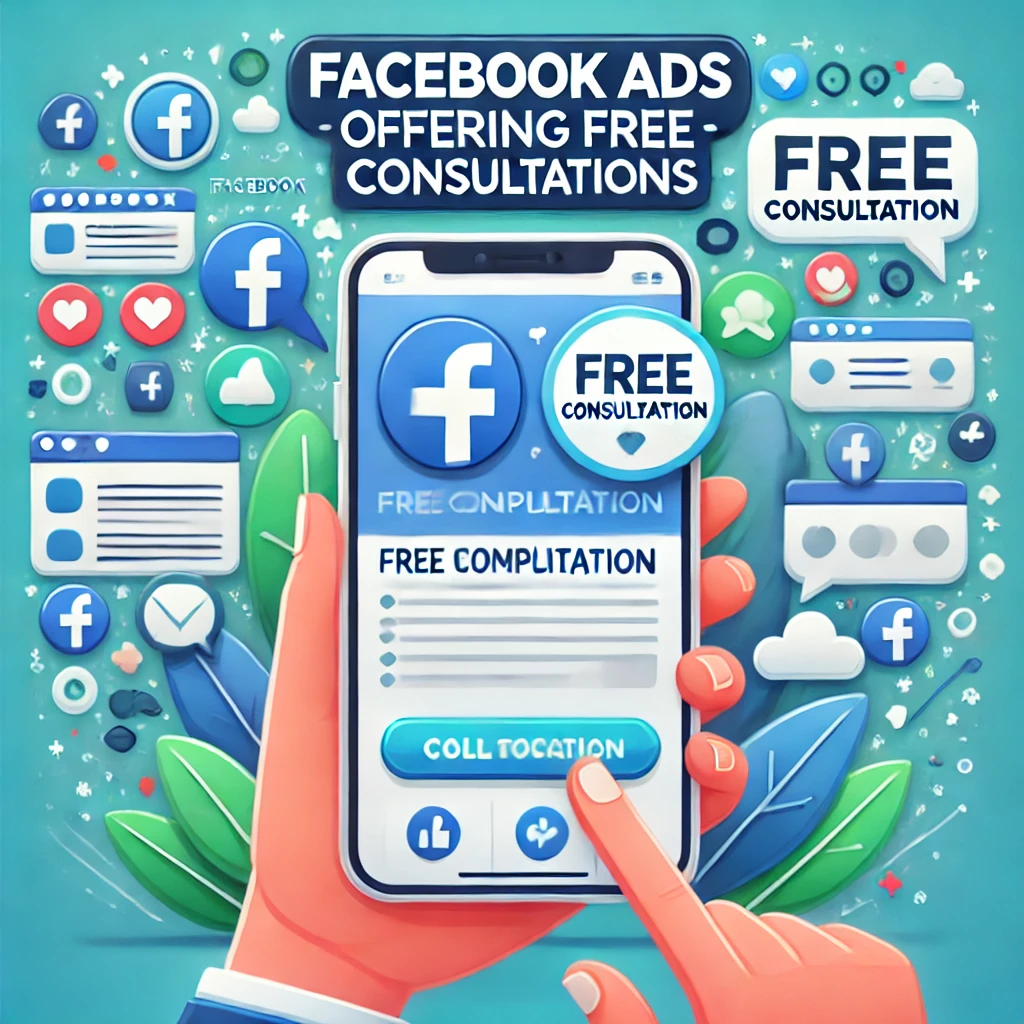
Adding a “Book Now” CTA makes it even easier for families to take action.
Best for: Agencies looking to increase inbound leads quickly and reduce decision friction.
22. YouTube Ads Comparing Agency vs. Facility Care
Many families debate whether to place a loved one in a facility or keep them at home. A short educational YouTube ad comparing costs, quality of life, and flexibility positions in-home care as the better option.
For example, a video ad could show side-by-side comparisons: “Facility Care: $5,000+/month | In-Home Care: Flexible & Personalized.” This type of content educates while also selling.
By running these ads before videos on elder care, medical advice, or senior lifestyle, you meet families exactly where they’re researching.
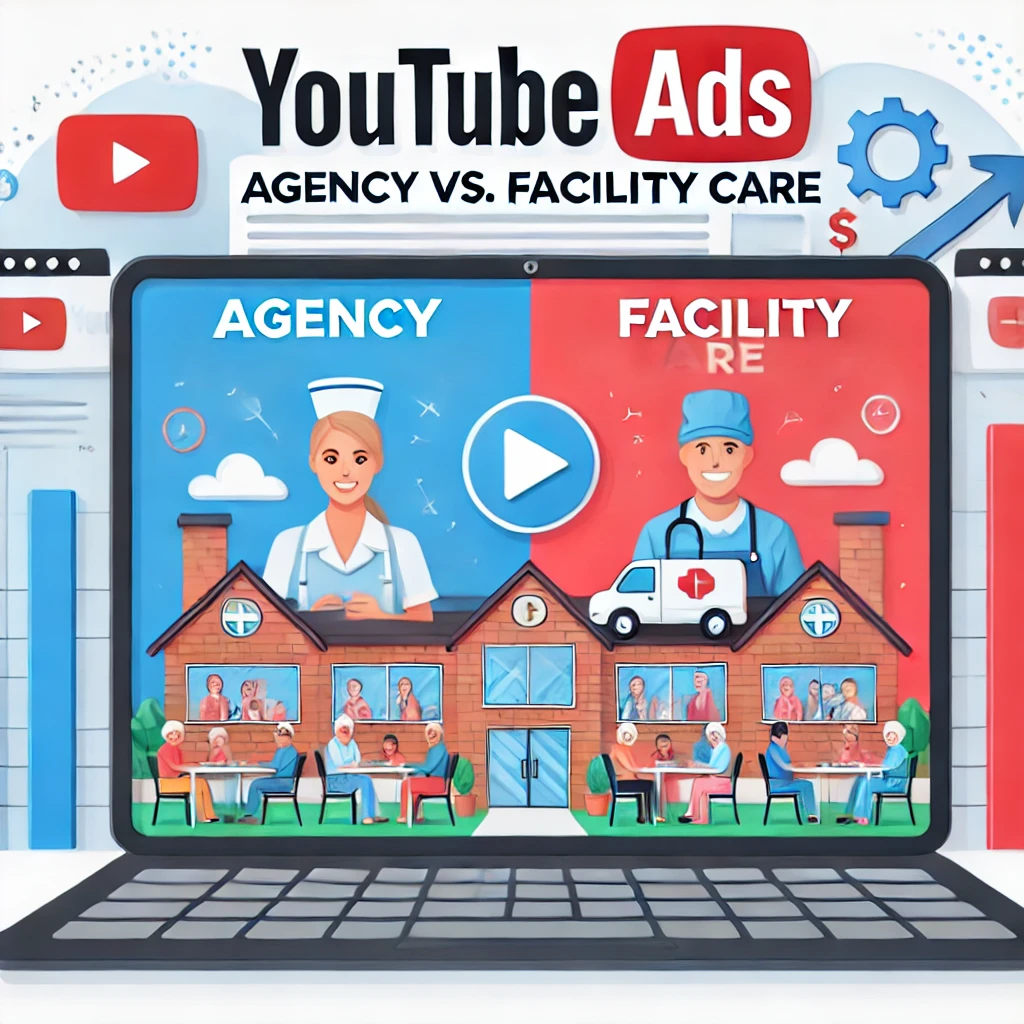
Best for: Agencies wanting to shift perception toward in-home care as the smarter choice.
23. Display Ads on Local News Sites
Local news sites are trusted community hubs. Placing display banners on these outlets builds familiarity and authority.
Imagine a banner reading: “Need Care for a Loved One? Compassionate Caregivers Available Near You.” Because the ad sits alongside trusted news content, it inherits credibility by association.
These placements are especially effective in small to mid-sized markets where families recognize and trust the news source.
Best for: Agencies wanting to build local brand awareness and visibility.
24. Meta Ads Offering Same-Day Care Option
Sometimes families need care urgently—within hours, not weeks. Meta Ads promoting same-day availability can capture this urgent demand.
An example ad: “Caregiver Available Today – Call Now for Same-Day In-Home Care.” This reassures families in crisis that you’re ready to help immediately.
Pair these ads with call-only campaigns and SMS remarketing for the ultimate high-speed intake system.
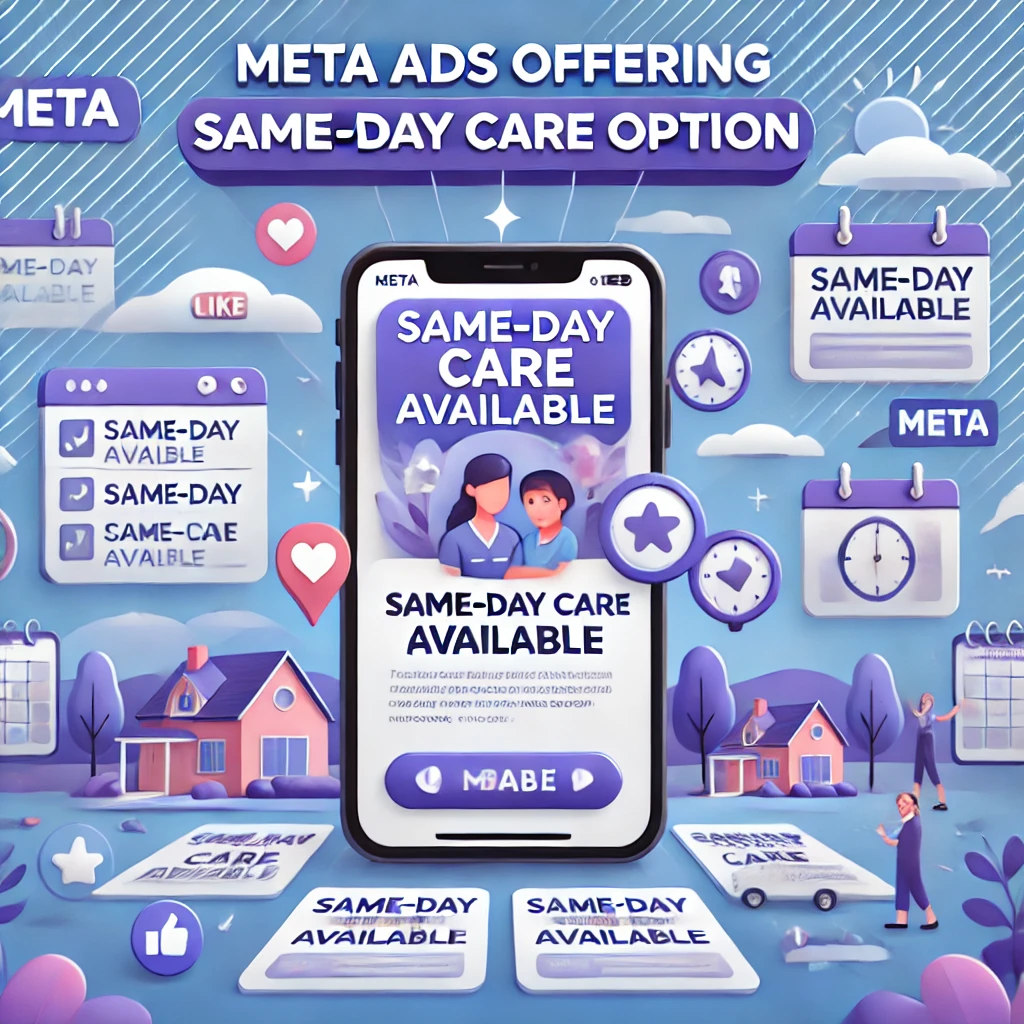
Best for: Agencies equipped with a large, flexible caregiver pool who can deliver care quickly.
25. Google Ads Highlighting Insurance/Medicare Acceptance
Financial concerns are often the final obstacle for families. Ads that highlight insurance or Medicare acceptance immediately remove that barrier.
For example, your ad might read: “We Accept Medicare, Medicaid & Most Insurance Plans.” This reassurance helps families move forward without worrying about unexpected bills.
Make sure these campaigns link directly to a landing page outlining accepted providers and payment options. Transparency here directly improves conversions.
Best for: Agencies serving seniors who rely on insurance or government assistance for home care.
Tips for Making Your Home Care Ads Perform Better
Home care advertising works best when it highlights trust, speed, and compassion. Always use testimonials, caregiver spotlights, and strong reviews in your ads. Retarget families with Home Care Meta Ads ppc campaigns to nurture trust over time.
Pair home care SEO with PPC so that when families search repeatedly, your agency shows up in both ads and organic results. Track every call, form submission, and appointment so you can refine campaigns to maximize ROI.
These Home Care Ads Generate Over 5000 Inquiries for Businesses Like Yours
Home care marketing is not just about visibility—it’s about building trust at an emotional moment for families. The best ads reassure loved ones, provide clear service details, and make it easy to contact your agency.
When you combine Google Ads for high-intent searches, compassionate Meta campaigns, YouTube for education, and strong home healthcare marketing strategies, your agency can consistently increase inquiries and client bookings.
If you’re ready to grow your agency with expert-led advertising campaigns, partner with Stethon Digital Marketing, specialists in home care google full-funnel advertising.
FAQ
What is the most effective type of home care ad?
Google Search Ads targeting phrases like “home care near me” or “in-home caregivers” are typically the most effective because they capture families actively searching for services.
How much should I spend on home care advertising?
A balanced budget often allocates 60–70% toward high-intent PPC campaigns, 20% toward retargeting, and 10–15% toward brand awareness. Actual amounts depend on your market size and competition.
Which platforms work best for home care marketing?
Google Ads dominate high-intent searches, Facebook and Instagram build trust and awareness, YouTube is great for education and testimonials, and Google Maps ensures local visibility.
How can I make my home care ads stand out?
Highlight trust signals like reviews, caregiver spotlights, and 24/7 availability. Use clear calls-to-action such as “Call Now” or “Book a Free Consultation.”
Do home care ads need to be HIPAA compliant?
Yes. If your ads collect or handle protected health information (PHI), they must follow HIPAA guidelines to protect client privacy.